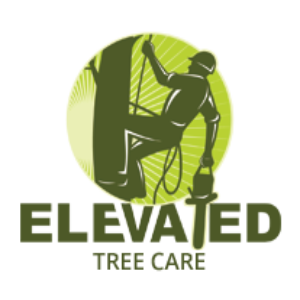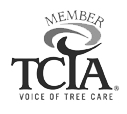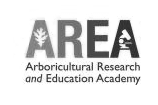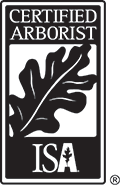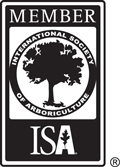Trees are living organisms, that are constantly making food for themselves which results in growth. If trees are healthy and given the right environment, then they will continue to grow. They have two types of growth patterns: Primary and Secondary growth. Primary growth is when trees get taller, longer and the canopy becomes denser. Secondary growth is growing in diameter or girth. Since trees are always growing, pruning is something that needs to be considered and maintained throughout its lifetime. Some trees such as Oaks(Quercus), can live for hundreds of years which means they must be contemplated as long-term investments. If trees are not taken care of regularly then storms with heavy snow or high winds can cause serious damage and become hazardous. This is very common in areas with harsh climates, such as Denver, CO. Here are two major tips on tree trimming that can help reduce breakage.
Structural Pruning on Young Trees: Structural/juvenile pruning consists of removing branches with bad unions/growth habits while the trees are young, so it does not become a problem in the future. Many times, storms cause catastrophic damage in large trees because they were not given proper structure as juvenile trees. A healthy union is when the branch tissue and stem tissue overlap each other, layer after layer. This is an incredibly strong union that can support thousands of pounds as the tree matures. Sometimes, a branch begins with an unfavorable union that is weak and compromised from the start. If this branch or stem is allowed to grow larger, there will be potential for tree failure. These unions are typically called included bark which means the branch tissue and stem tissue are pushing against each other instead of overlapping. Reducing included bark unions or areas with multiple unions/crotches close together, can be very beneficial to improving a tree’s structure.
Tip End Weight Reduction Pruning: Trees that do become dense and heavy begin to grow downward facing. If the growth habit is meant to be more upright, then those branches need to be thinned out. When trimming the tree, follow each limb out to the end. The tree will naturally split into 3-5 branches that are roughly 1-3 inches in diameter. Remove one of the most downward facing, dying or dead branches. Removing 1 of 5 branches will reduce weight by 20%, 1 of 4 branches will reduce weight by 25%, and 1 of 3 will reduce weight by 33%. The goal is to thin the outer canopy by roughly 25%. This will reduce leverage, hold less snow and create a better growth habit for a mature tree.


